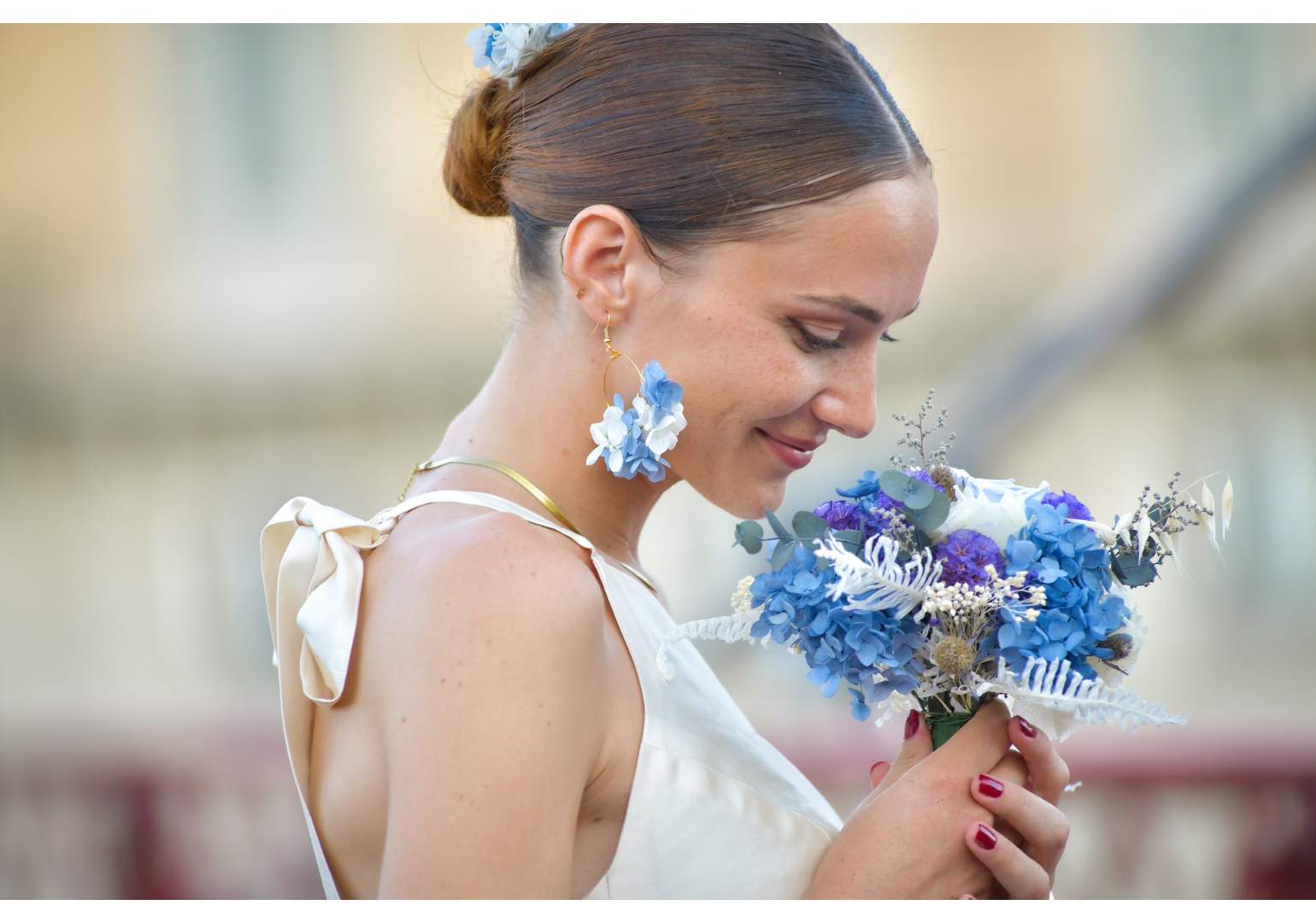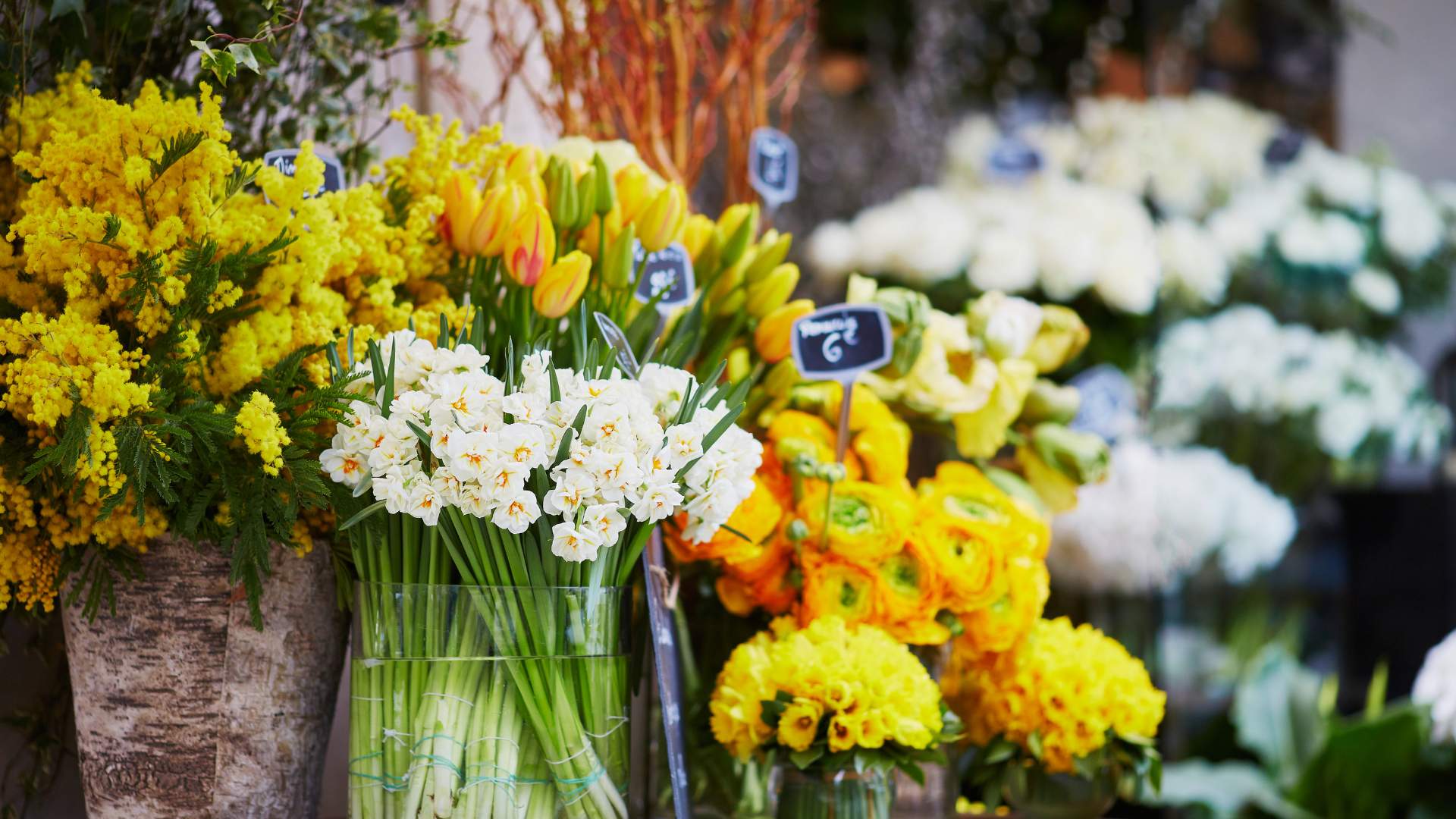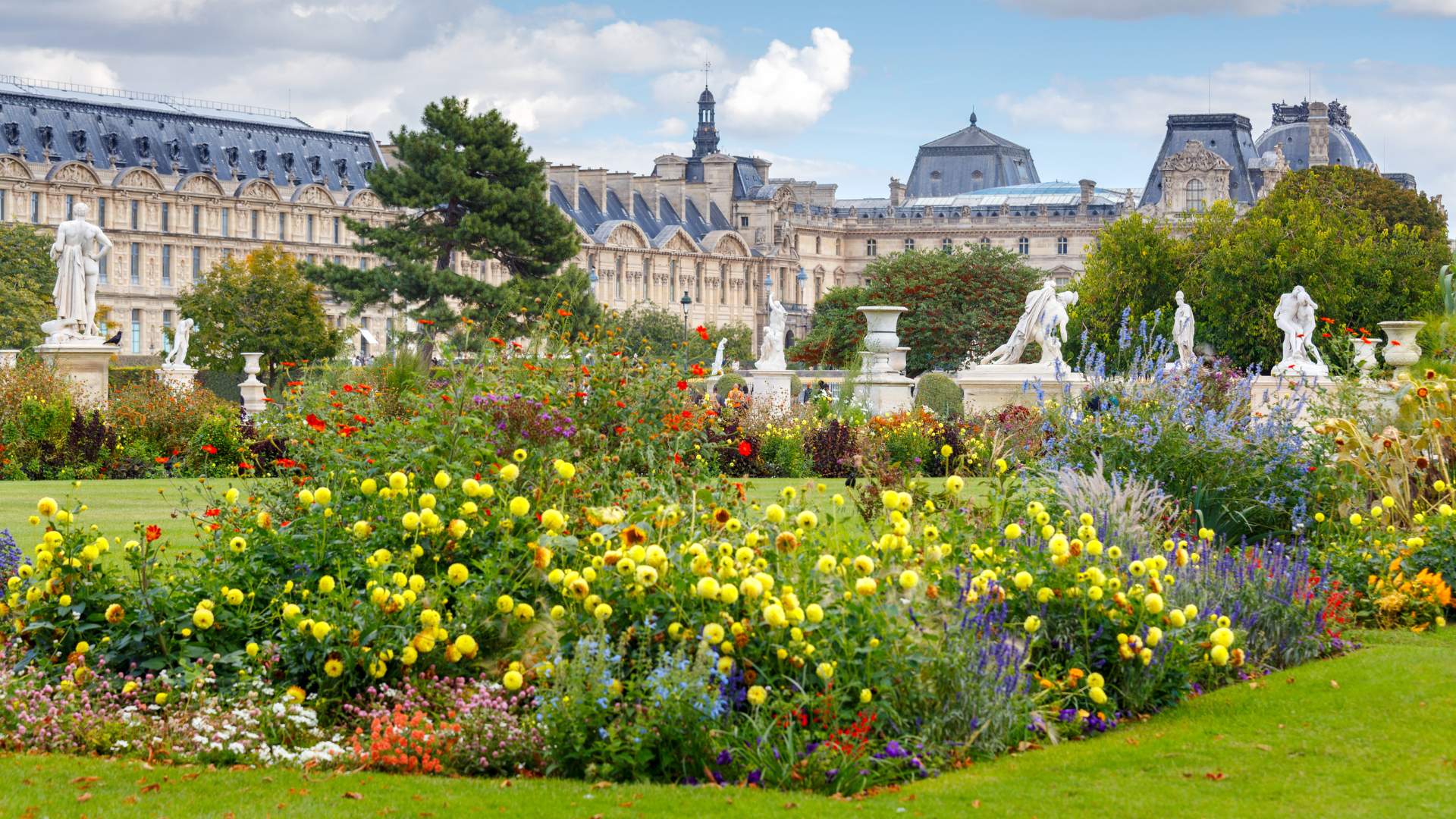The Bewitching Mystery of Ikebana
Ikebana, or the traditional Japanese art of flower arranging, offers more than just an aesthetic arrangement of flowers. It's a rewarding practice that transforms not only the plants but also those who practice it. This article explores the secrets of this ancient art and explains why it continues to captivate so many flower lovers around the world.
The Deep Origins of Ikebana
A centuries-old tradition
Ikebana has its roots in ancient Japanese history, where it played a central role in religious and festive ceremonies. The term itself means "to bring flowers to life," indicating its respectful and spiritual approach to nature. This tradition emphasizes the ephemeral beauty of flowers and their symbolic power.
A gesture marked by delicacy
The practice of Ikebana requires not only technical knowledge of various floral arrangements, but also a heart filled with kindness and contemplation. Each arrangement reflects an inner shift in the practitioner, transforming even the simplest gestures into a true ritual of beauty. The delicacy of the movements and the attention to every detail reveal a profound connection with nature.
The Personal Benefits of Ikebana
A moment of serenity
For many, ikebana is an unparalleled source of peace and serenity. By focusing on the arrangement of plants, one puts aside daily worries, discovering a soothing inner resonance. This mental relaxation is often described as illuminating, filling the heart with pure, unadulterated joy.
- Moments of calm and concentration : The creation of each composition requires full attention, helping to calm the mind.
- Relaxation through posture and repeated movements : Slow and precise movements promote relaxation.
- Stimulates creativity : Each arrangement is a unique work of art, allowing for personal expression.
- Using rarely used parts of the body and brain : The practice of Ikebana engages fine motor skills and stimulates brain activity.
- Personal creation within a supportive group : Ikebana classes foster a sense of community and sharing.
A reconnection with oneself and nature
Each ikebana session also reconnects with nature and the seasons, strengthening our intrinsic connection to the natural world. Practitioners report increased self-confidence and the ability to progress, making each experience meaningful and rewarding.
Levels of Mastery in Ikebana
The path to expertise
Mastering ikebana doesn't happen overnight; the journey is marked by different grades. For example, to reach the high grade of Waki-san, students must go through several intermediate stages, each requiring approximately three months of intensive training. This structured progression allows students to acquire solid skills and a deep understanding of the art.
Structured and progressive courses
Classes are structured to offer progressive learning. Approximately nine lessons are scheduled before moving on to the first level, Nyumon. Other levels, such as Kaiden, require approximately ten additional lessons before progressing to the next level. Each lesson is designed to deepen the technical and aesthetic knowledge necessary for practicing Ikebana.
Personalized Ikebana: A Unique Touch for Every Occasion
Specific ceremonies and events
Ikebana can be adapted for a variety of events, from family ceremonies to special communication projects. Offering a personalized floral arrangement adds a deeply symbolic and aesthetic dimension to any celebration. Floral arrangements can be designed to reflect the theme and ambiance of the event, creating a unique visual and emotional experience.
Tailor-made services for businesses
Specialized florists can also create unique bouquets for stores or hotels, strengthening brand image and capturing customers' attention with the mysterious beauty of these meticulously crafted floral arrangements. These personalized creations can transform the retail environment into a welcoming and refined space.
Inspiring Testimonials
Personal experiences
Marie-Christine, an Ikebana practitioner since 2010, describes the practice as essential for her balance and serenity. She also notes that the important thing is not so much the final bouquet, but rather the creative process that opens the heart and frees the mind. For her, each session is an active meditation, an opportunity to refocus and find inner peace.
Transformative impact
Many others share this sentiment. After a tiring week of work, they find in ikebana a peaceful refuge where stress quickly disappears, leaving them with a state of tranquility and deep satisfaction. Practitioners report that ikebana has a lasting positive impact on their mental and emotional well-being.
How to Start Ikebana
Registration and necessary materials
It is recommended to register at least three days in advance to allow the instructor time to prepare the necessary plants. At the end of each class, participants leave with their floral creations, ready to continue their personal journey into the enigmatic world of ikebana. Basic tools include shears, floral supports (kenzan), and a variety of flowers and branches.
Hours and availability
Weekly classes are available on Friday evenings and throughout the day on Saturdays, offering flexible scheduling for those looking to incorporate this practice into their routine. Sessions are designed to suit both beginners and advanced practitioners, ensuring continuous and rewarding progress.
Conclusion
Ikebana remains an art that harmoniously blends tradition and personal growth, inviting everyone to rethink their relationship with nature and discover a new form of inner beauty. Whether you are seeking serenity, creativity, or a deeper connection with the natural world, Ikebana offers a rewarding path to personal growth. By embracing this practice, you will not only find a new passion, but also a way to live each moment of your life more fully and consciously.








